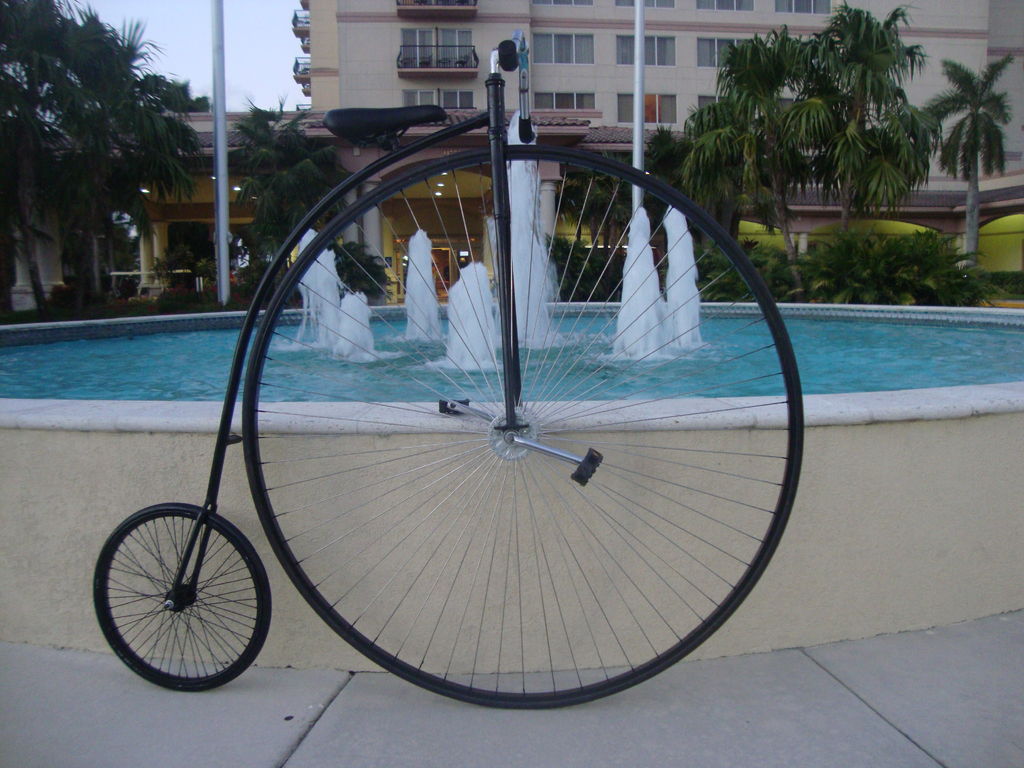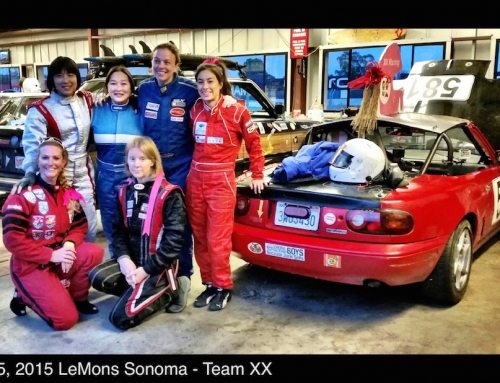Since the practical descent from the 1880’s high wheelers the bicycle in it’s current “diamond” shape has seen many record attempts. Since the very beginning, speed and more speed was the most common objective. From flat tracks, promoters found they could increase the speed-and excitement- with higher and higher banking. Pacing riders to greater speeds was a also common thread, and the evolution began. Hardy aspirants passed the torch to tandems, triplets, quadrupeds, quintets, and even sextets and each brought the bar higher.
Still, the crowds wanted more speed and to meet the need, they hung motors on bicycles, first tandems, with the stogger operating the motor while the captain pedaled and steered. Finally the full fledged motorcycle evolved. The early motorcycles were extremely dangerous and the tracks were generally too small to handle the velocity. From the late 1800’s until the mid-twenties dozens of riders were injured or killed on the high banked ovals of the day.
It has been said that cycling was the NASCAR of it’s day. Project Speed pays homage to that transitional Post Industrial Revolution in American history when bicycles were gradually evolving into motorcycles and automobiles. Henry Ford, who started as a bicycle mechanic called his first working car the Quadracycle. A closer look at Ford’s early cars including the 999 race car driven by X-bicycle racer Barney Oldfield included a chain and sprocket drive train, with Oldfield steering the vehicle with a set of handlebars. Ford himself set one of the first speed records on the Bonneville Salt Flats in 1901 when he drove 99 mph.

